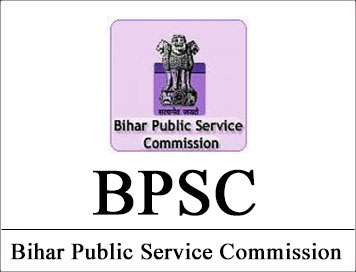
BIHAR State GK Questions (Set-24) for BPSC Exam
Q.1 : बिहार में गाने - बजाने के बारे में "नगमत असफी" नाम की किताब किसने
लिखी थी ?
(a) महाराजा नवलकिशोर सिंह ने
(b) महाकवि विद्यापति ने
(c) मशहूर गायक रजाशाह ने
(d) इनमें से कोई नहीं
Q.2 : बिहार में शिव का प्रसिद्ध स्थान "गुप्तेश्वर मन्दिर" स्थित है ?
(a) कैमूर की पहाड़ियों में
(b) खड़गपुर की पहाड़ियों में
(c) गिरियक की पहाड़ियों में
(d) जेठियन की पहाड़ियों में
Q.3 : बिहार में किस समुदाय का महान धार्मिक केन्द्र है ?
(a) जैनों का
(b) बौद्ध धर्मावलम्बियों का
(c) सिखों का
(d) उपरोक्त सभी का
Q.4 : बिहार संगीत नाटक अकादमी द्वारा किस वर्ष को "भिखारी ठाकुर वर्ष" के
रूप में मनाया जाता है ?
(a) वर्ष 1995 को
(b) वर्ष 1999 को
(c) वर्ष 1985 को
(d) वर्ष 2001 को
Q.5 : अल्पसंख्यक आयोग को कानूनी अधिकार प्रदान करने वाला देश का पहला राज्य
है ?
(a) गुजरात
(b) राजस्थान
(c) बिहार
(d) झारखण्ड